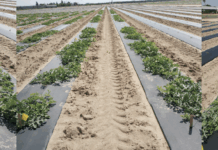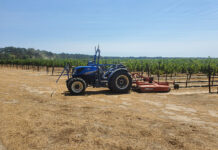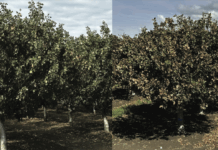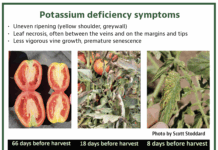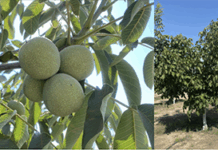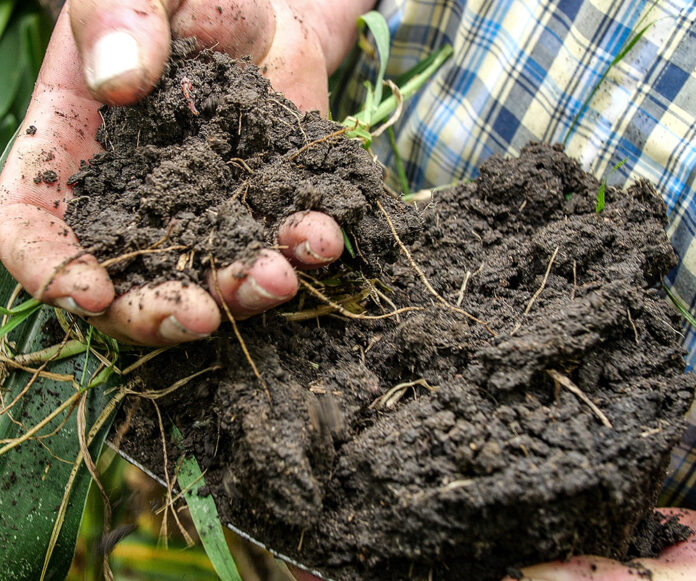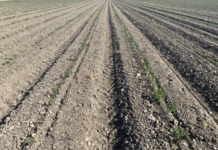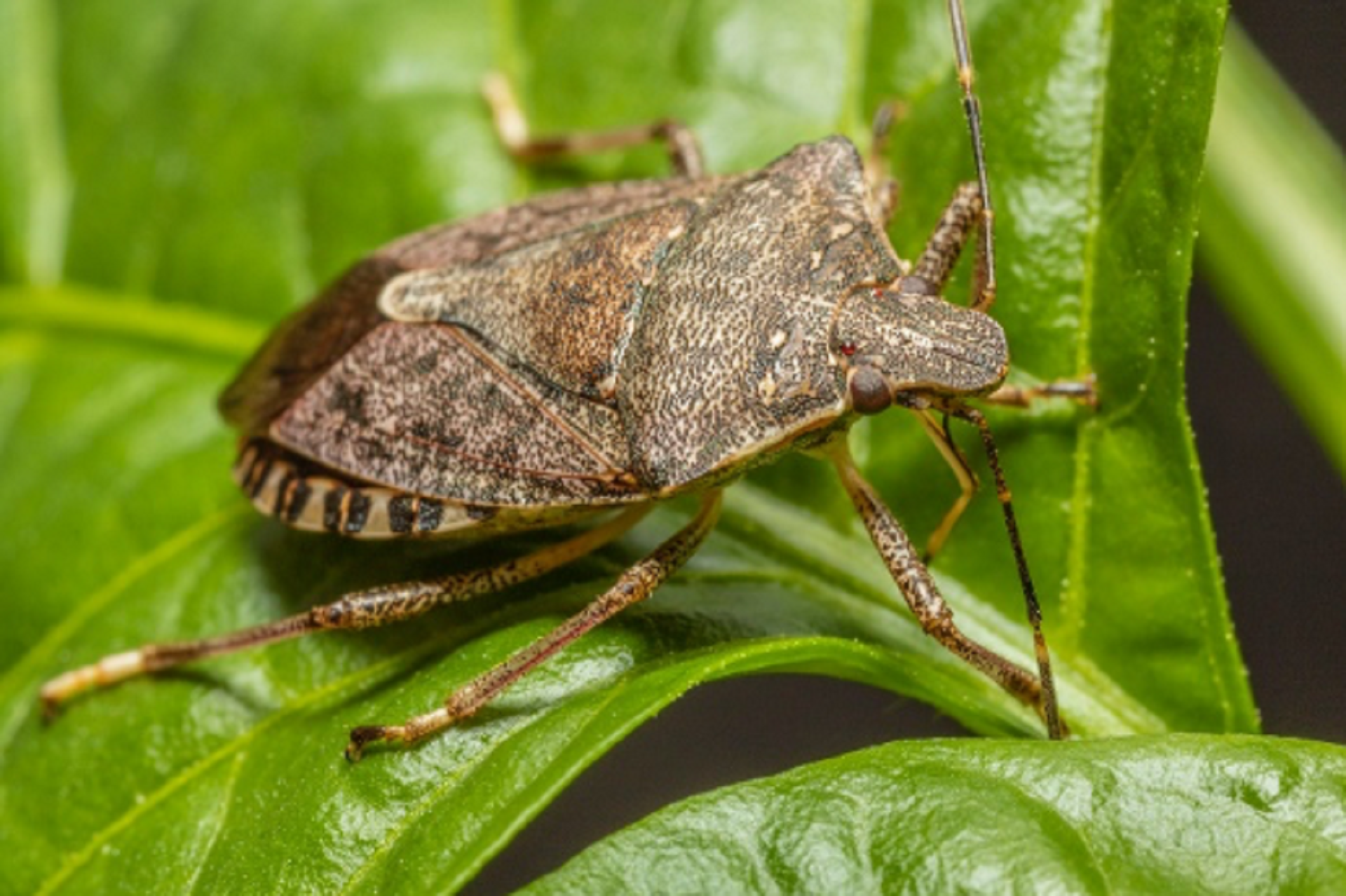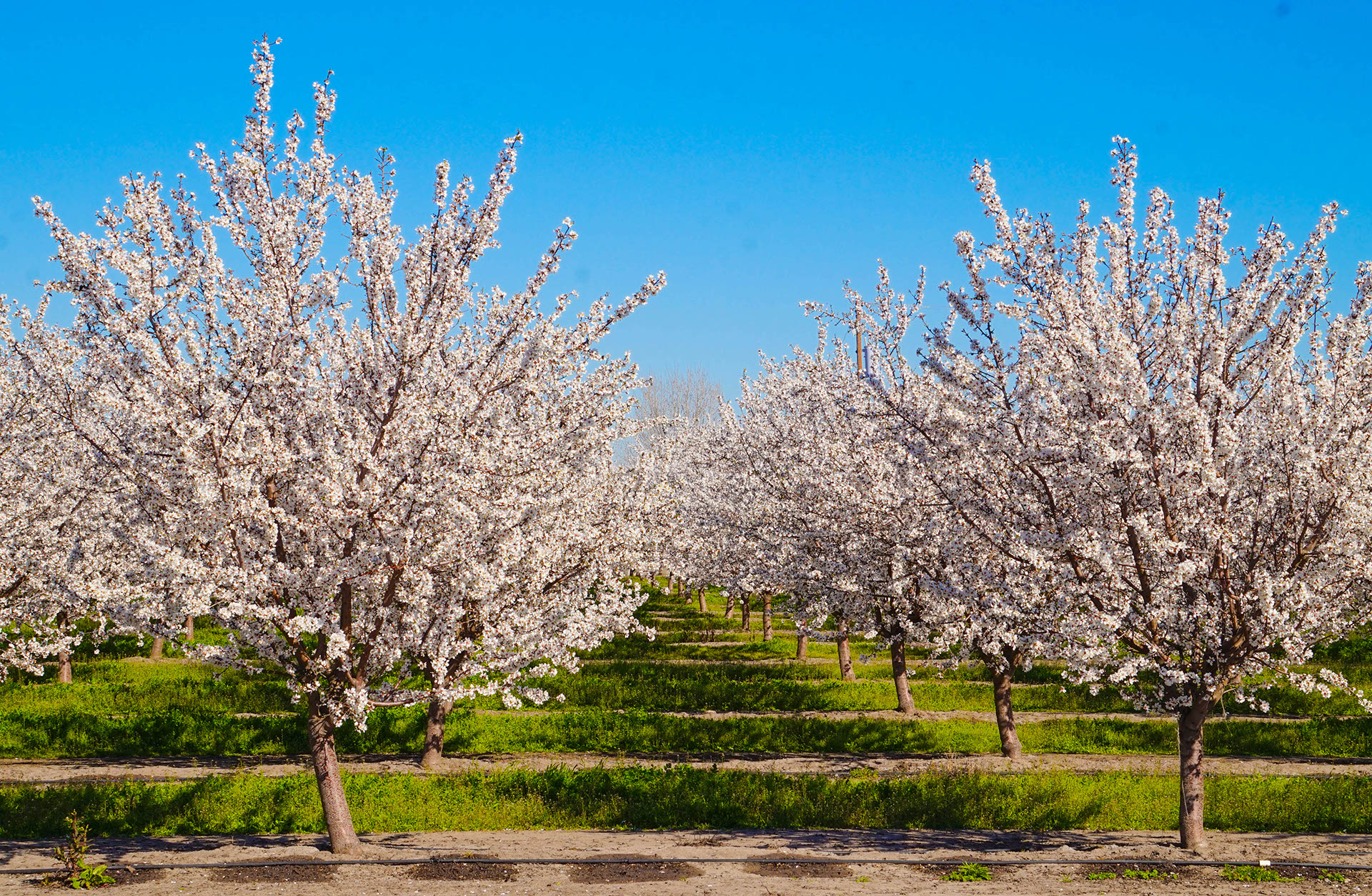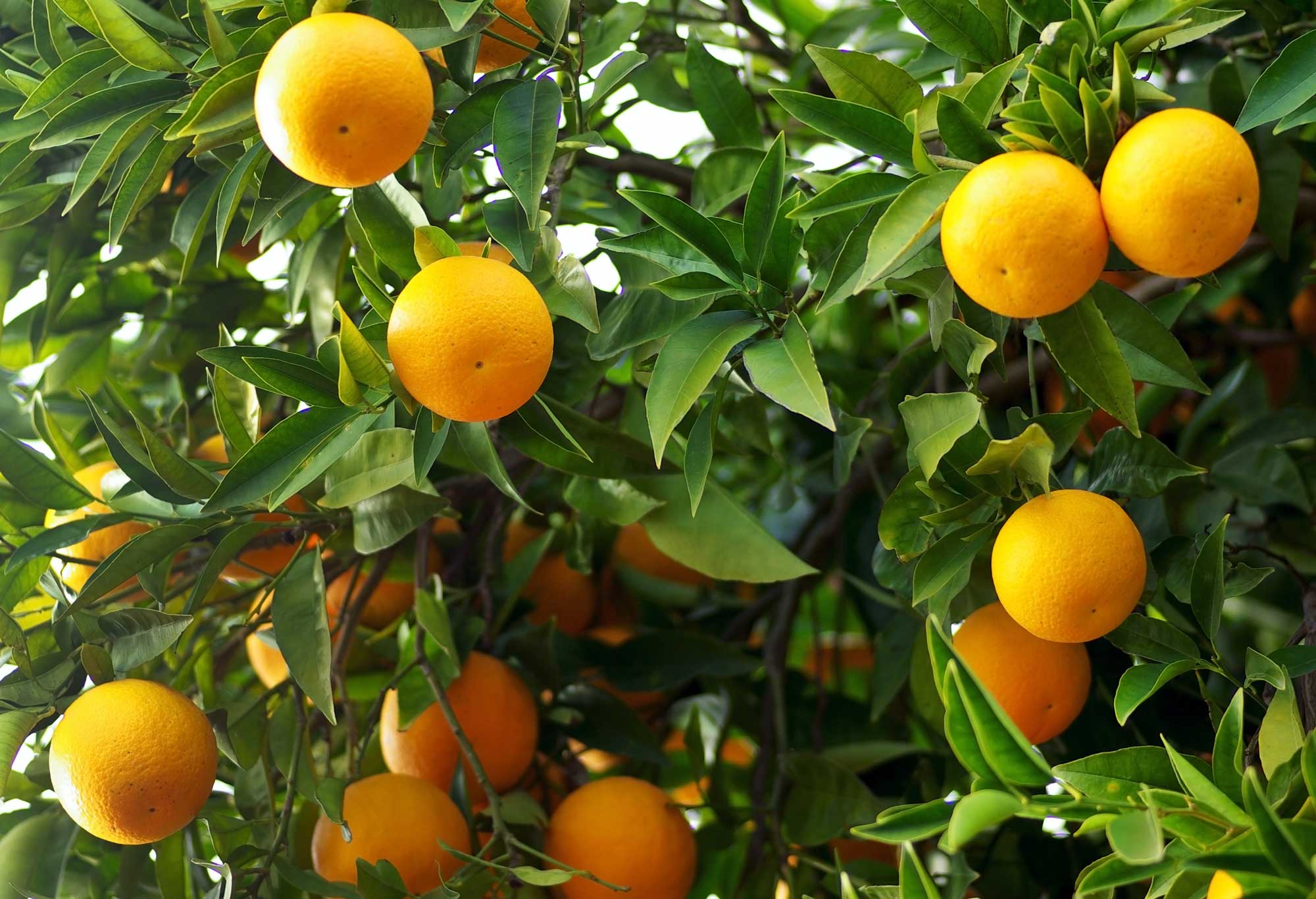![]()
Soil is the source and catalyst for all life-nourishing substances that plant and animal life need for sustenance, and the more life in soil, the better crops and animals who consume them will thrive.
The use of biostimulants in agriculture has gained significant traction due to their potential to enhance yields, improve soil health and reduce dependency on chemical fertilizers. Biostimulants like humic and fulvic acids, protein hydrolysates, compost and inoculants, and kelp or seaweed extracts have surged in usage across all crop types and continents. Research proves that all of them bring some benefits, but none of them deliver all the known benefits derived by biostimulants since extensive research began in the 1970s, except for one: live cell green algae, namely Chlorella vulgaris, literally Latin for “common green.”
Chlorella vulgaris is the most ubiquitous freshwater algae found globally, and there is evidence that it was used by ancient cultures in Africa, Mesoamerica and Asia to increase crop production because growers knew that increased fertility would occur by planting near freshwater river deltas and lakes after flooding events.
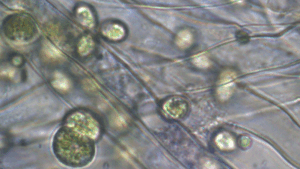
These living green microscopic organisms, capable of surviving in soil, are a building block of life and what sets this biostimulant apart from all others because it stimulates the biology that is already in soil.
Extensive research worldwide and field trials have proven that this is of paramount importance in the potency and efficacy of biologicals for significantly boosting soil organic matter (SOM) and microbial biomass, enabling every scientifically recognized benefit attributable to biostimulants to be realized:
- Improved SOM, plant fertility and microbial mass
- Increased leaf chlorophyll content resulting in increased photosynthetic capacity
- Enhanced plant growth and increased yield across a wide variety of crops
- Reduced dependence on chemical fertilizers (NPK)
- Enhanced plant resistance to abiotic stresses such as drought, heat and salinity
- Potential increased resistance to plant pathogens due to improved plant vigor
Soil biodiversity is the key to improving nutrient cycling and plant fertility for increasing productivity while saving on inputs and increasing profits. Published research has shown live green algae, uniquely Chlorella vulgaris, to be a particularly effective biostimulant, having a significant impact on soil microbial activity, plant growth and overall farm ROI.
A Breakthrough in Living Biostimulant Technology
Historically, the challenge of maintaining live algae viability during storage and transport has hindered their widespread use. Green algae, like most plants, are usually dependent on photosynthesis to maintain life. They die when placed in dark storage.
Living organisms feed themselves in one of two ways: producing their own food via photosynthesis, like green plants and algae, or by finding it outside of themselves, like animals and bacteria. Those that photosynthesize are called autotrophs (auto = self, troph = feeding), while those organisms that scavenge or hunt for food are called heterotrophs (hetero = other). There is a third category known as mixotrophic, an organism that can switch between autotrophic and heterotrophic metabolism.
Scientists with EnSoil Algae™ have now introduced a breakthrough formulation of mixotrophic Chlorella vulgaris, which can photosynthesize in light and consume organic material in darkness. This allows them to remain viable during transport and storage for 6 to 12 months. This patent-pending technology does not use any commercial or laboratory gene-altering techniques. It does not rely on genetic modification, as the heterotrophic pathway is already present in green algae. This technology activates that pathway to produce mixotrophic chlorella.
Moreover, live cell green algae is an endophyte acting as a transport vehicle for soil microbes and chlorophyll. A research study by Dr. James White of Rutgers University demonstrated a symbiotic relationship between EnSoil Algae™, plants and endophytic soil bacteria. Algae cells attract and carry bacteria into plant roots, delivering chlorophyll and promoting growth of root hairs.
Reducing Synthetic NPK, Increasing Yields and Crop Quality
One of the most important benefits of living green algae is that it can be used to lower synthetic nitrogen inputs. “Where will the nitrogen come from,” people ask? The answer is that living green algae amplifies nature’s process of extracting nitrogen from the air and converting it into ammonium compounds in the soil. One gram of healthy soil contains some 10 billion bacteria, fungi and other organisms that work together to make this conversion. Live cell green algae accelerate the process of nitrogen fixation.
In addition, rhizospheric bacteria produce weak acids that solubilize soil-bound phosphorus, making it available to plant root systems. This especially happens when these bacteria are stimulated by Chlorella vulgaris. Soil testing using the Haney Soil Test after the first application has even demonstrated excess nitrogen after harvesting, nitrogen that is available for the next season.
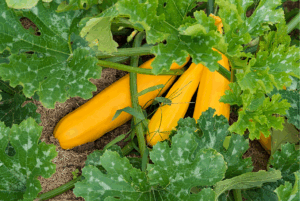
This means growers can reduce their use of synthetic NPK fertilizers to produce quality crops with higher nutrient density. Known as phytochemicals, such as carotenoids, polyphenols and alkaloids, these nutrients are critical for healthy function of organs, strengthening the immune system and preventing chronic disease.
And because EnSoil Algae™ is applied at lower rates and at a much lower cost than synthetic NPK, growers can realize savings of 20% to 50% in fertilizer costs. This enables them to increase their profitability in year one while improving the health of their soil, increasing yields and improving the nutritional content of their crops.
Biostimulants like Chlorella vulgaris make sense because they can lead to significantly improved agronomic and economic outcomes. They enable growers to realize a much better return on investment that compounds over time as increased SOM and organic nutrient cycling improve water retention, plant health and resiliency. This allows for reduction in irrigation and crop protection inputs.
To learn more, download the 72-page Growers Report with research data and trials across a wide variety of crop types, soils and regions. Or come meet Jessica Murison, jessica@ensoilalgae.com at the Progressive Crop Consultant Conference in Visalia, September 24th and 25th.
EnSoil Algae™ is a product of Enlightened Soil Corp., a South Carolina public benefit corporation, ensoilalgae.com.


